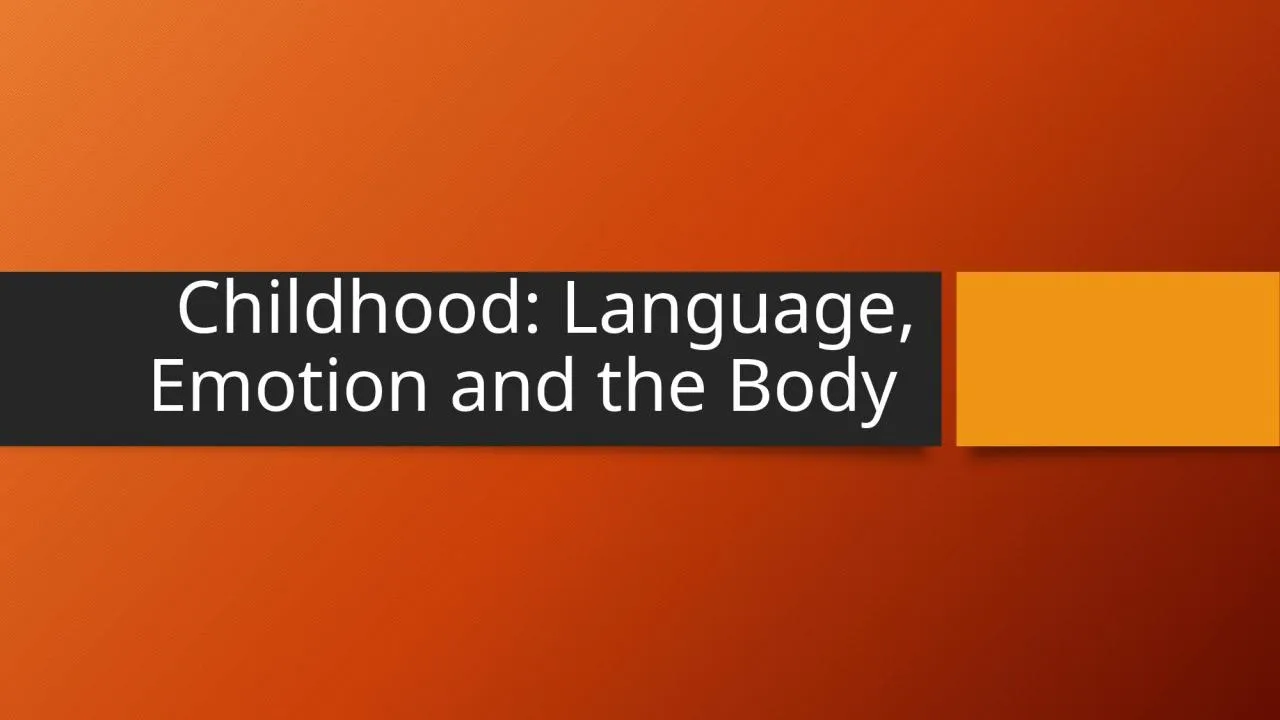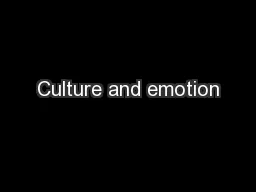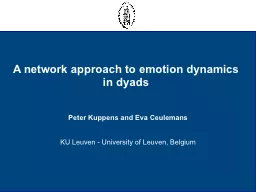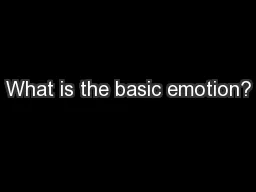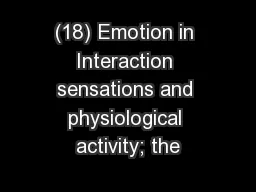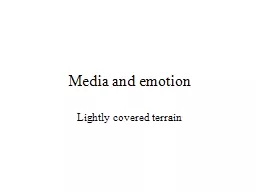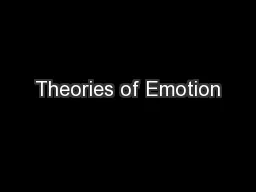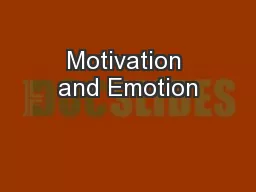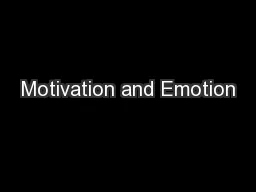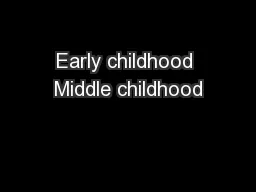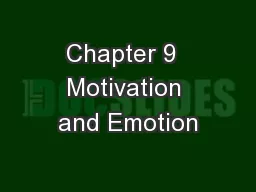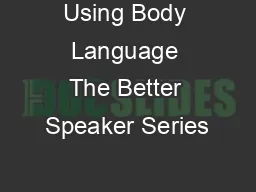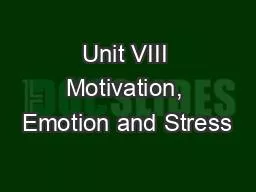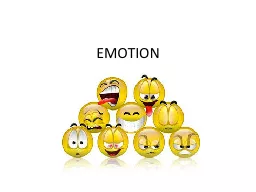PPT-Childhood: Language, Emotion and the Body
Author : ariel | Published Date : 2022-06-07
Charles Dickens Great Expectations My fathers family name being Pirrip and my Christian name Philip my infant tongue could make of both names nothing longer
Presentation Embed Code
Download Presentation
Download Presentation The PPT/PDF document "Childhood: Language, Emotion and the Bod..." is the property of its rightful owner. Permission is granted to download and print the materials on this website for personal, non-commercial use only, and to display it on your personal computer provided you do not modify the materials and that you retain all copyright notices contained in the materials. By downloading content from our website, you accept the terms of this agreement.
Childhood: Language, Emotion and the Body: Transcript
Download Rules Of Document
"Childhood: Language, Emotion and the Body"The content belongs to its owner. You may download and print it for personal use, without modification, and keep all copyright notices. By downloading, you agree to these terms.
Related Documents

